
Gas vs. induction cooktops: which is better?
Both induction and gas cooktops can help you handle mealtime, but each type can have different configurations, heating elements, sizes and features. Learn more about the advantages and differences between gas and induction cooktops to find the right type for your cooking preferences and kitchen layout.
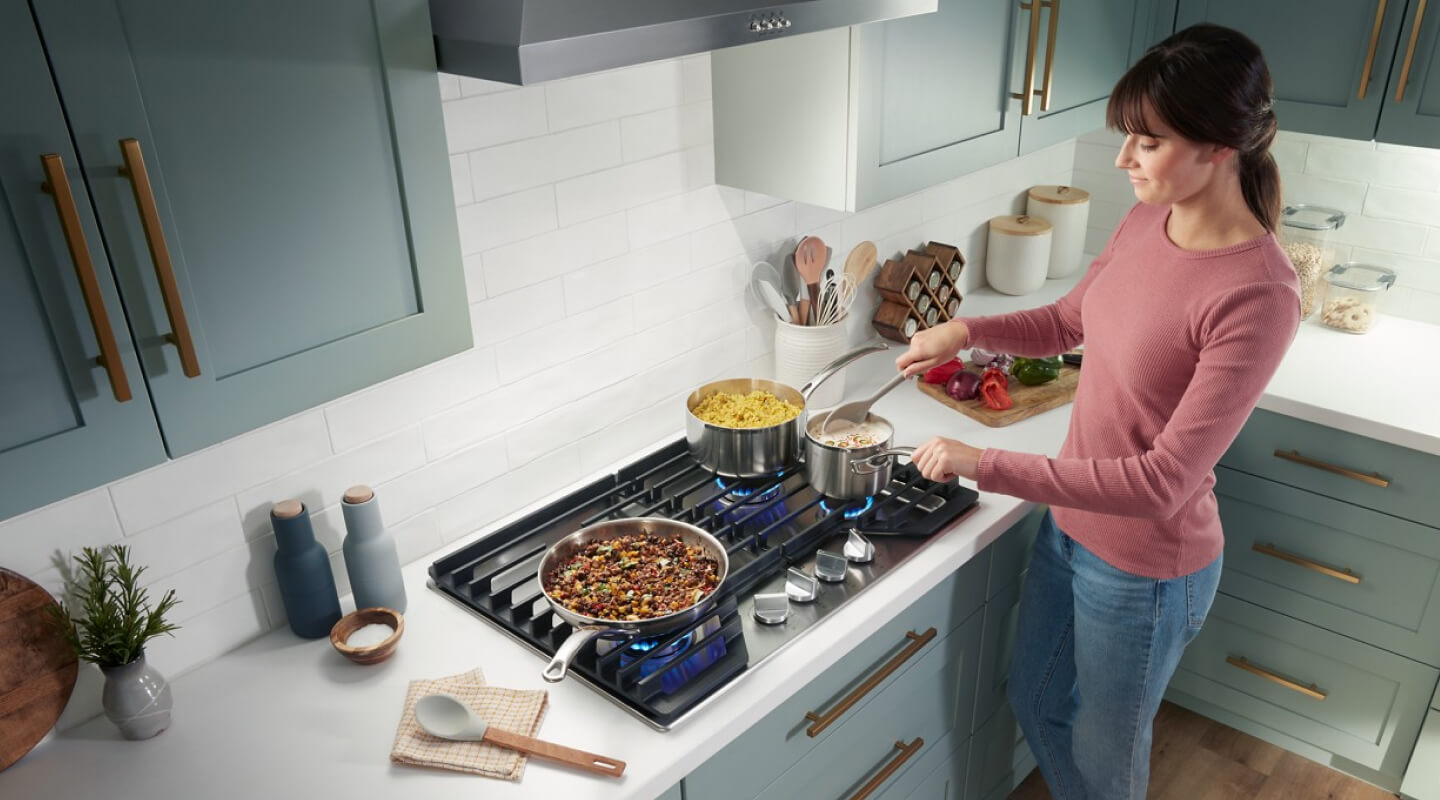
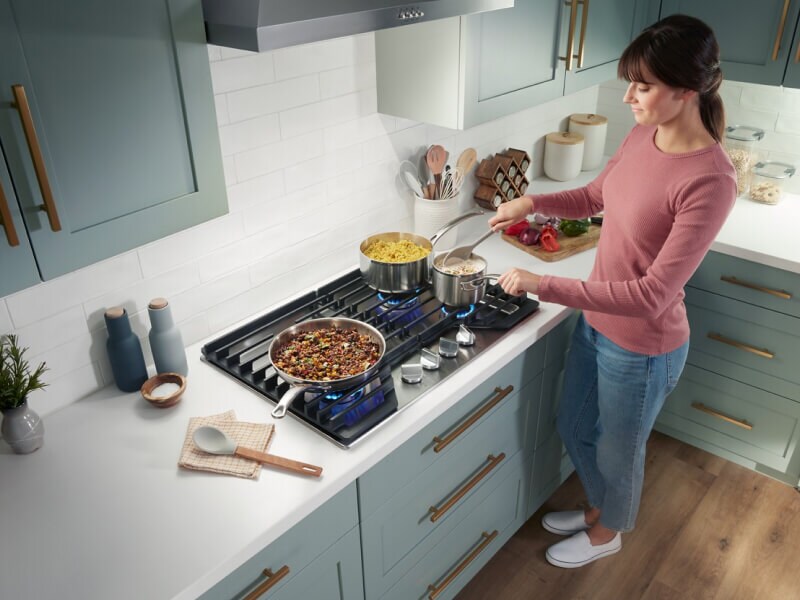
What are the differences between gas vs. induction cooktops?
Induction cooktops are a type of electric cooktop. Induction cooktops differ from gas units because they generate heat through electromagnetism and need induction-compatible cookware to function properly.
Gas cooktops use an open flame fueled by natural gas or propane to directly heat cookware and cook your food. Explore the differences and capabilities outlined below to discover the configuration that best suits your cooking style.
Induction cooktops
An induction cooktop has a sleek, flat surface that generates heat through electromagnetism, essentially turning your cookware into its own source of heat. You will need induction compatible cookware to use this type of cooktop.
Induction cooktops are best suited for pots and pans with flat bottoms—like cast iron pans—which help ensure even heating and stability on the cooktop surface. This heating source may help you quickly bring pots to a boil, and the cooktop cools down quickly once cookware is removed. The smooth, glass-top surface of an induction cooktop can also provide an optimal approach for your cleaning routine in the kitchen.
With these features in mind, explore the Induction Cooktop collection from Whirlpool brand to find the right cooktop for your home.
Induction cooktop benefits
Optimal temperature control provides thorough, even heating
Ability to quickly bring a pot to a boil and cool down the burner surface
Smooth, flat surface helps cut down on cleanup time
- Can be three times more energy efficient than gas cooktops, according to ENERGY STAR®
Shop Whirlpool® Induction Cooktops
Whirlpool® Induction Cooktops offer select options like glass touch controls and a Fast Boil feature for faster heating when you need it most.
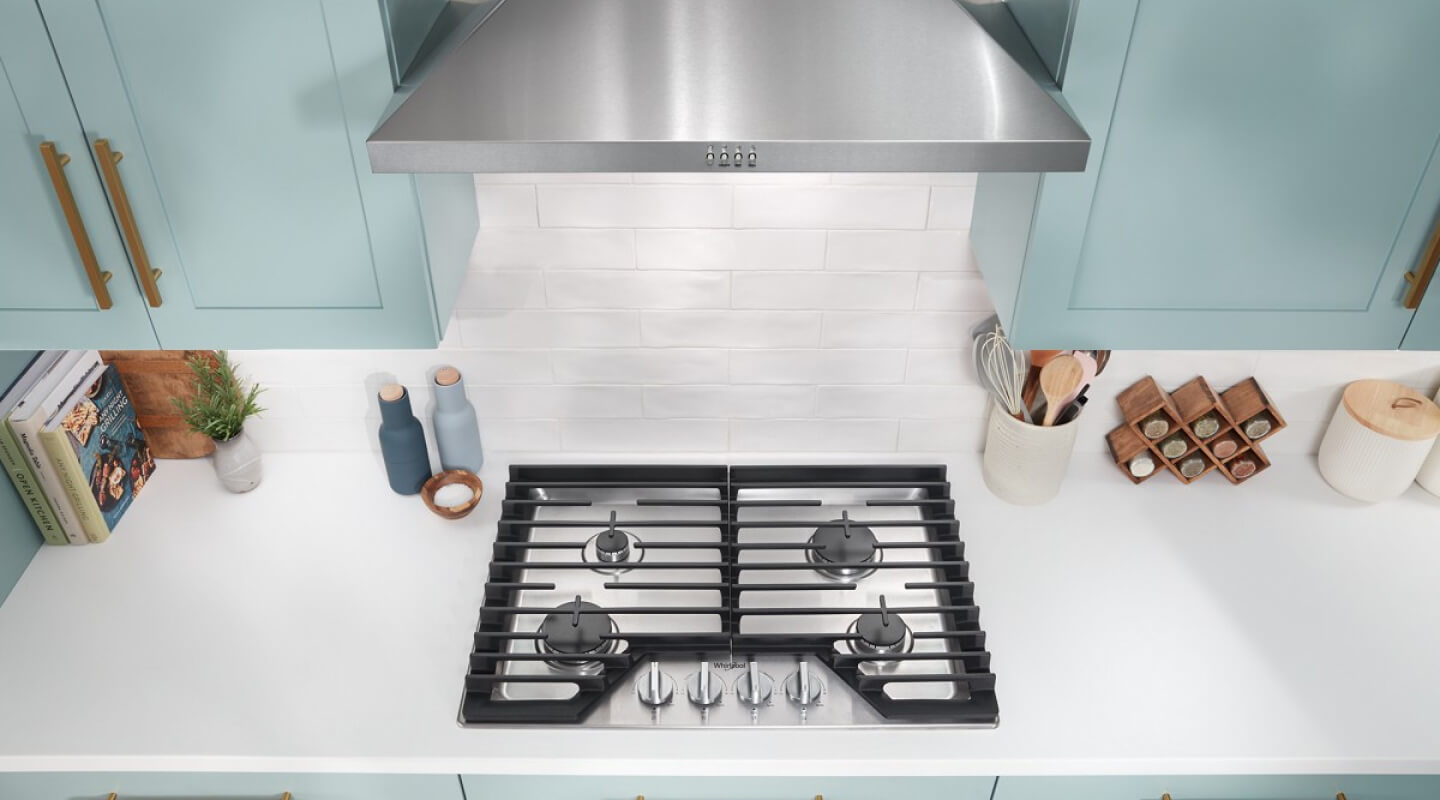
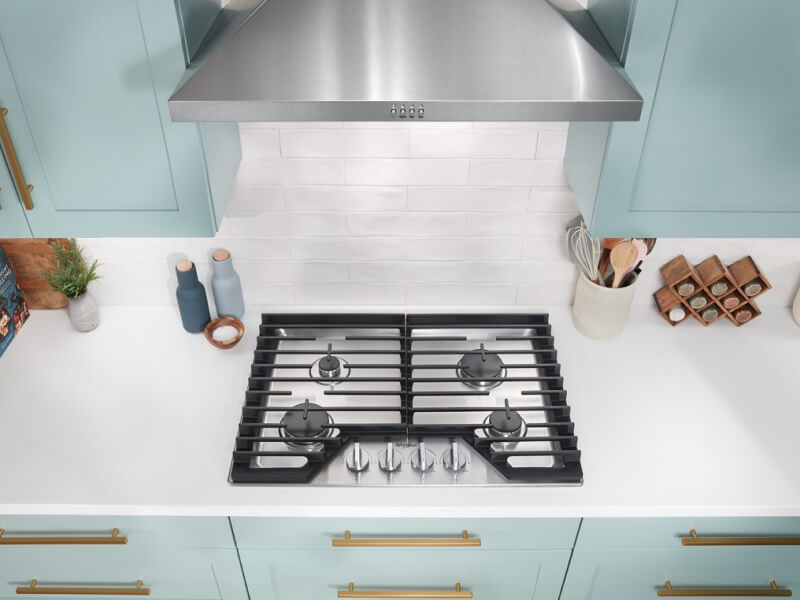
Gas cooktops
Gas cooktops utilize an open flame fueled by natural gas or propane to cook from below the grates. The open flame provides the flexibility to heat the sides of sculpted cookware, such as stir fry pans and woks.
If this versatility suits your needs, explore the gas cooktop collection from Whirlpool brand for a wide range of sizes and configurations to help you keep dinnertime moving.
Shop Whirlpool® Gas Cooktops
With Whirlpool® Gas Cooktops, you can care for your family with ease. Select models offer features like the SpeedHeat™ Burner which allows you to sear and boil quickly or the EZ 2-Lift™ Hinged Cast-Iron Grates that let you wipe up spills beneath the grates without the hassle of removing them completely.
Do chefs prefer gas or induction?
While every chef has their personal preference and cooking style, both induction and gas cooktops provide unique features and configurations for recipes and meals.
If you are looking for optimal cooking times, effortless cleanup or need to quickly bring a pot to boil for pasta, an induction cooktop may best suit your preferences.
But, if you enjoy flame-roasting peppers or creating the perfect amount of char on a tortilla, the open flame of a gas cooktop might work best. For more experimental cooking and the flexibility to test out certain techniques, such as a flambé approach, a gas cooktop is also ideal due to its open flame.
Are induction or gas cooktops more energy efficient?
ENERGY STAR® rates induction cooktops as three times more efficient than gas due to their ability to use less energy while heating. This is in part due to heat being generated directly in the cookware, as opposed to the cooking surface or around the pan, as is customary with flame and radiant heat models.
Is a gas or induction cooktop more cost-effective?
Cooktops come in a variety of sizes and configurations to match your kitchen layout and cooking style. Gas cooktops from Whirlpool brand range from around $700 to $1,500, depending on the desired features and sizes.
Whirlpool® Induction Cooktops range from roughly $1,000 to $1,750, yet can be three times more efficient than gas, depending on the model and other factors—which may help decrease your energy costs.
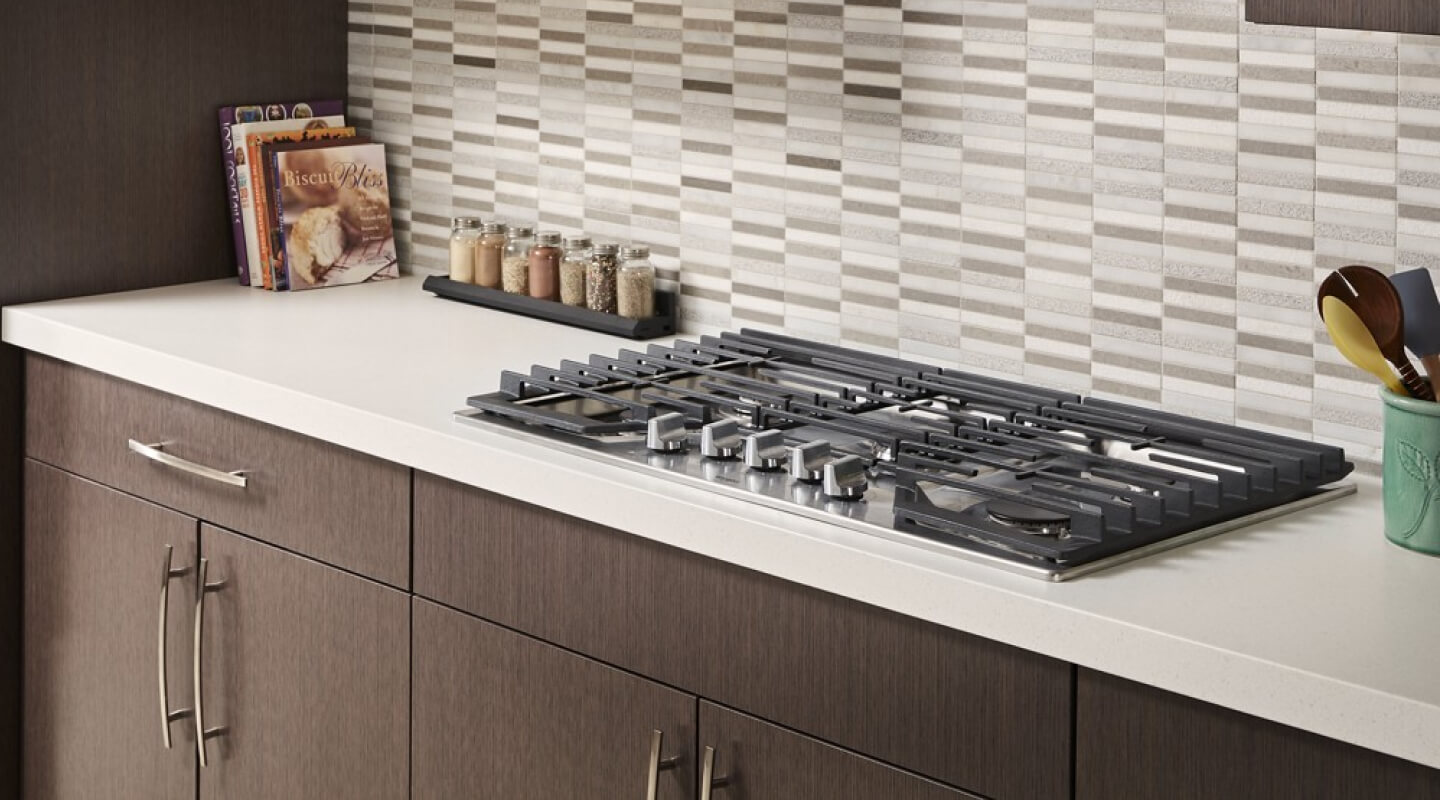
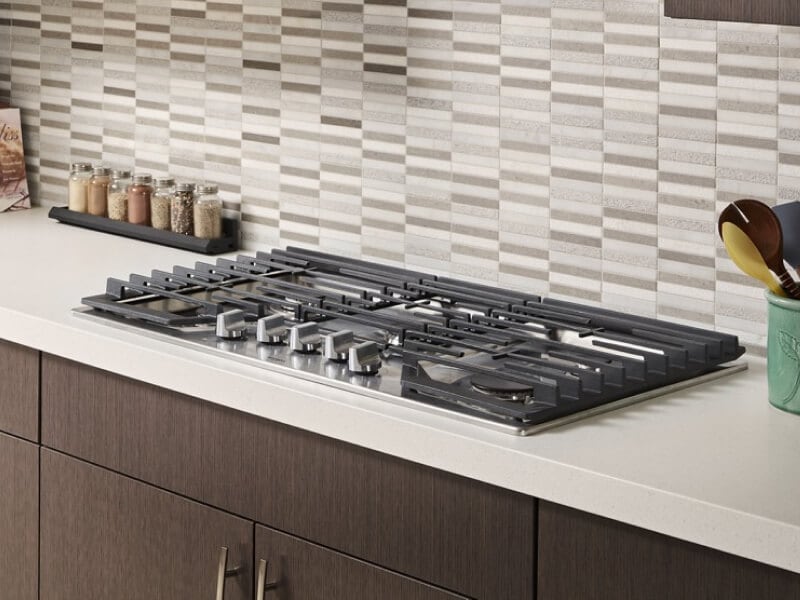
Shop Whirlpool® Gas and Induction Cooktops
Choosing between an induction vs. gas cooktop depends on your personal preference, cooking style and kitchen layout. Whirlpool brand offers a wide variety of gas and induction cooktops to choose from, providing you the flexibility to select the model with the right features to help you keep dinner moving.
Was this article helpful? Pass it on
Explore more from Whirlpool brand


home heartbeat
Ready for more tips, home hacks and appliance guides?



